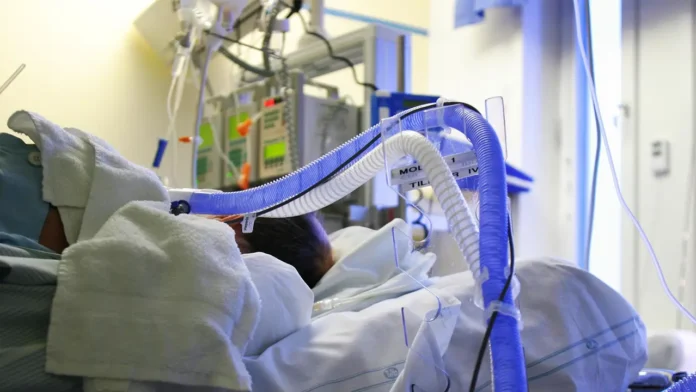Over the past 30 years, critical care medicine has fundamentally changed: the latest life-support technologies have been implemented, monitoring has been refined, and the management of organ dysfunction in critically ill patients has improved. Despite this, the main tool for assessing organ failure, the Sequential Organ Function Assessment (SOFA) scale, has remained virtually unchanged since 1996. SOFA-2 is based on the latest achievements and in-depth data analysis, promising a more reliable assessment of organ status, which will ultimately improve patient outcomes.
Almost 20% of hospitalized patients require intensive care, as they are frequently threatened by life-threatening organ failure. Accurate monitoring of organ function is crucial for determining the severity of the pathology and selecting the appropriate intervention strategy.
The original SOFA scale assesses six organ systems from 0 (normal) to 4 (severe dysfunction): respiratory, cardiovascular, hepatic, neurological, coagulation, and renal, with a total score ranging from 0 to 24. It was created as a simple and adaptable mechanism that reflected the dynamics of organ dysfunction but was not intended to determine mortality prognosis.
Despite positive changes, the management of ICU patients has revealed several critical flaws over many years:
The problem with the old SOFA scale was that it was based on the doctor’s individual decisions and indicators used during the treatment process, which hindered uniform assessment.
The scale had difficulty differentiating between chronic and acute organ dysfunction.
It did not take into account the latest life-support methods, such as high-flow oxygen delivery and new vasopressor medications.
The creation of the SOFA-2 scale was preceded by a rigorous, eight-step methodological process. It involved 60 leading experts from different regions of the world. The experts synthesized theoretical knowledge, the results of systematic research, and data from more than 3 million critically ill patients from nine countries. Accordingly, the updated scale is useful in both high-resource and limited-resource clinics.
The new SOFA-2 version retains the principle of assessing six organs, but the updated criteria allow for a more accurate determination of mortality risk and reflect the latest therapeutic interventions (e.g., Extracorporeal Membrane Oxygenation (ECMO) and non-invasive pulmonary ventilation). It was found that gastrointestinal and immune system indicators had minimal correlation with patient lethality, which is why these criteria were removed from SOFA-2.
Key Advantages of SOFA-2:
Score Change: Almost half of the Intensive Care Unit (ICU) patients have a different score with the updated SOFA-2 scale compared to the previous version (SOFA-1).
Risk Determination: The scale more accurately distinguishes the severity of organ failure and the risk of mortality.
Prognostic Power: Every one-point increase in SOFA-2 means a 38% higher probability of death in the ICU.
It takes into account the challenge of incomplete clinical data (a problem characteristic of the ICU) and offers practical methods for data imputation, which facilitates the use of the score in direct patient management.
Longitudinal studies (studying the same group, which involves observation at certain time intervals) confirmed that SOFA-2 scores measured during the first week of ICU stay are closely correlated with the patient’s final clinical outcomes. Daily assessment gives doctors a dynamic picture of changes in organ function, which helps them make real-time treatment decisions. SOFA-2 showed a high accuracy in predicting mortality in the ICU (Area Under the Receiver Operating Characteristic Curve – AUROC up to 0.87), especially when the average score taken during hospitalization (e.g., ICU stay period) is used for assessment.
Although SOFA-2 offers a significant improvement in organ failure assessment, researchers note existing challenges. These include: differentiating between acute and chronic organ dysfunctions; testing the scale’s validity on patients outside the ICU; and fully integrating the score into digital medical systems (EHR) so that its use is automated.
This research also highlights that future assessment systems must include the integration of biological markers, electronic medical records, and patient demographic diversity to obtain a more complete picture of the critical condition. SOFA-2 is a significant achievement, but the process of perfecting organ failure assessment continues.
Source: JAMA


